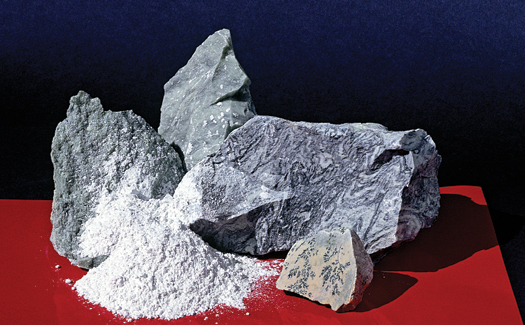

Everyone knows the hardest material on Earth is diamond, says George Pharr, director of the Joint Institute for Advanced Materials at the University of Tennessee. But when it comes to the softest stuff on the planet, “there’s no one definition,” he says.
Metallurgists and mineralogists might interpret “softness” to mean a material’s tendency to deform under pressure and to stay in that deformed state. But that reading might come off a little wonky when you start looking at elastic materials, like rubber, which can deform and then regain their form.
As a result of this ambiguity, researchers employ an array of hardness (or softness) tests, depending on what sort of material they’re looking at. For minerals, they might use the classic (and exceedingly simple) Mohs assay, which involves rubbing one material against another to see which one gets scratched. According to the Mohs scale, talc, also known as soapstone, is the softest mineral; it is composed of a stack of weakly connected sheets that tend to slip apart under pressure.
When it comes to metals, scientists try to measure hardness in absolute terms. They press a ball- or pyramid-shaped bit into the material in question at a predetermined pressure and over a set period of time. Researchers then measure the dent left behind. The hardness of a metal, Pharr says, depends on the fraction of its bonds that happen to be covalent; these are strong, stable arrangements in which atoms share a pair of electrons.
Pliable metals like gold have fewer of these bonds than tougher materials like molybdenum and tungsten. Highly reactive metals with low melting points, such as cesium and rubidium, end up at the very softest end of the spectrum. Pharr warns that any attempt to pick out the absolute softest material, however, “would be subject to debate.”
Have a burning science question you’d like to see answered in our FYI section? Email it to fyi@popsci.com.
